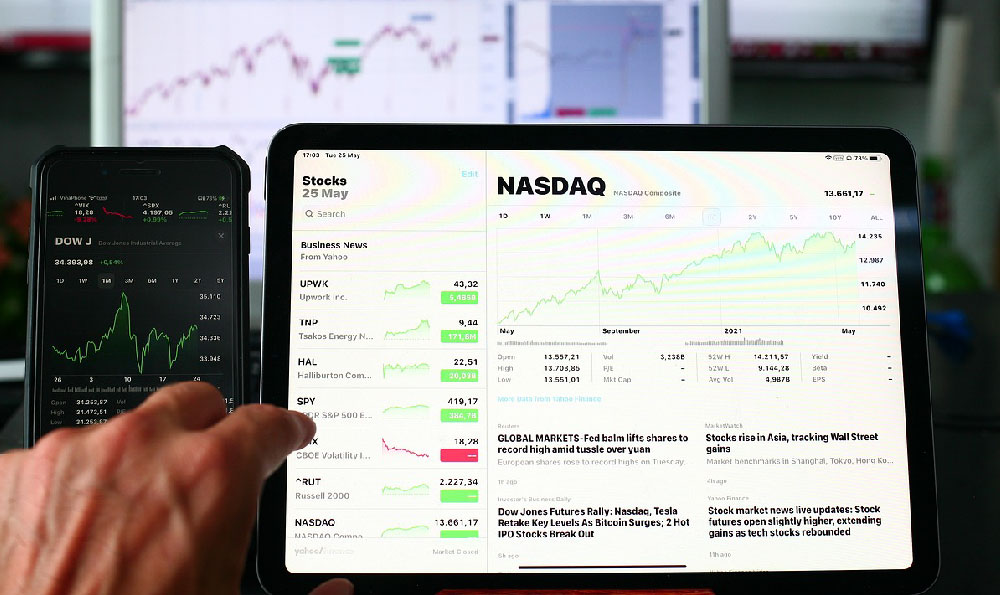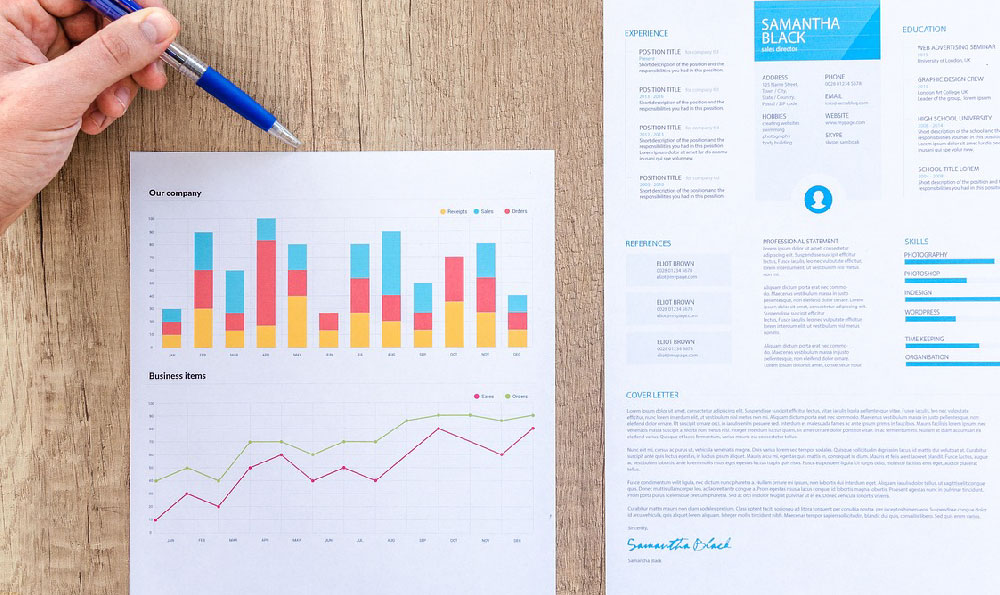
Alright, let's delve into the intricate world of YouTube monetization, specifically focusing on the relationship between view counts and potential earnings. Understanding how many views you need to monetize and what income 1000 views can generate is crucial for any aspiring YouTuber looking to turn their passion into a viable income stream. The answer, however, is far from a simple number. It's a complex equation influenced by several interlocking factors.
First, let's clarify the baseline requirement: to be eligible for YouTube's Partner Program (YPP) and thus monetize your content, you generally need at least 1,000 subscribers and 4,000 valid public watch hours in the preceding 12 months. Meeting these thresholds unlocks the ability to apply for monetization, but acceptance isn't guaranteed. Your content must adhere to YouTube's monetization policies, which include strict guidelines regarding copyright, community standards, and ad suitability. Content deemed inappropriate, misleading, or harmful will be rejected, preventing monetization even if you meet the subscriber and watch hour requirements.
Once accepted into the YPP, the real question becomes: How much can you actually earn per 1,000 views? This is where things get nuanced. The earnings you generate per 1,000 views are often discussed using two key metrics: CPM and RPM. CPM stands for "Cost Per Mille" (mille being Latin for thousand) and represents the amount advertisers pay YouTube for 1,000 ad impressions. However, you, as the creator, don't receive the entire CPM. YouTube takes a percentage (typically around 45%) as their cut.

RPM, or "Revenue Per Mille," is the metric that truly reflects your earnings. It represents the estimated revenue you earn for every 1,000 video views after YouTube takes its share. RPM is generally lower than CPM because it accounts for factors like ad blockers, viewers who skip ads, and videos where ads aren't shown for various reasons.
So, what affects your RPM, and therefore your income per 1,000 views? Several factors play a significant role:
Content Niche: Some niches attract higher advertising rates than others. Finance, business, technology, and luxury goods often command premium CPMs because advertisers are willing to pay more to reach these demographics. Entertainment, gaming, and lifestyle content might have lower CPMs. The more valuable the target demographic is to advertisers, the higher the RPM is likely to be.
Audience Demographics: The geographic location of your audience significantly impacts your RPM. Views from countries like the United States, Canada, the United Kingdom, Australia, and Western European nations typically generate higher revenue than views from countries with lower average incomes. This is because advertisers are willing to pay more to reach audiences with greater purchasing power.
Ad Format: YouTube offers various ad formats, including display ads, overlay ads, skippable video ads, non-skippable video ads, and bumper ads. Non-skippable ads generally generate higher revenue per view compared to skippable ads, as advertisers are guaranteed that viewers will see the entire ad. However, forcing too many non-skippable ads can negatively impact the viewer experience and potentially decrease watch time.
Video Length and Engagement: Longer videos generally have more opportunities to display ads, increasing potential revenue. Additionally, high engagement metrics, such as likes, comments, shares, and watch time, signal to YouTube that your content is valuable and engaging, potentially leading to higher CPMs and RPMs. Videos that keep viewers watching for longer periods are favored by the YouTube algorithm.
Seasonality: Advertising rates tend to fluctuate throughout the year. For example, CPMs typically increase during the holiday season (November and December) as businesses ramp up their advertising spending to capitalize on increased consumer spending. Conversely, CPMs may decline in January and February after the holiday rush.
Ad Blocker Usage: Viewers who use ad blockers will not see ads, and you will not earn revenue from their views. Ad blocker usage varies across demographics and regions, impacting overall earnings.
YouTube Algorithm Changes: The YouTube algorithm is constantly evolving, impacting video discoverability and ad placement. Changes to the algorithm can affect CPMs and RPMs, sometimes significantly. Staying informed about algorithm updates and adapting your content strategy accordingly is essential.
Copyright Claims and Monetization Policies: If your video contains copyrighted material, you may receive a copyright claim, potentially impacting your ability to monetize the video. You may need to obtain permission to use the copyrighted material or remove it to avoid copyright strikes. Violations of YouTube's monetization policies can also result in demonetization or even account suspension.
Given all these variables, providing a definitive answer to "What income can 1000 views generate?" is impossible. However, as a very general guideline, you might expect to earn anywhere from $1 to $10 per 1,000 views. However, for some very niche high value content, or content targeted to wealthier countries, that number could be significantly higher. Conversely, in some situations, it could also be lower. This is a very wide range, and your actual earnings will depend on the factors discussed above.
Therefore, the best approach is to focus on creating high-quality, engaging content that appeals to a specific audience, optimizing your videos for search, and actively promoting your channel. Build a loyal subscriber base, encourage engagement, and experiment with different ad formats to maximize your revenue potential. Don't chase fleeting trends; instead, focus on building a sustainable channel with a consistent stream of valuable content. Regularly analyze your YouTube analytics to track your CPM, RPM, and other key metrics, allowing you to make data-driven decisions to improve your channel's performance and ultimately increase your earnings. Remember that building a successful YouTube channel takes time, effort, and a strategic approach. There are no shortcuts, but with persistence and a clear understanding of the monetization landscape, you can increase your chances of turning your passion into a profitable endeavor.





